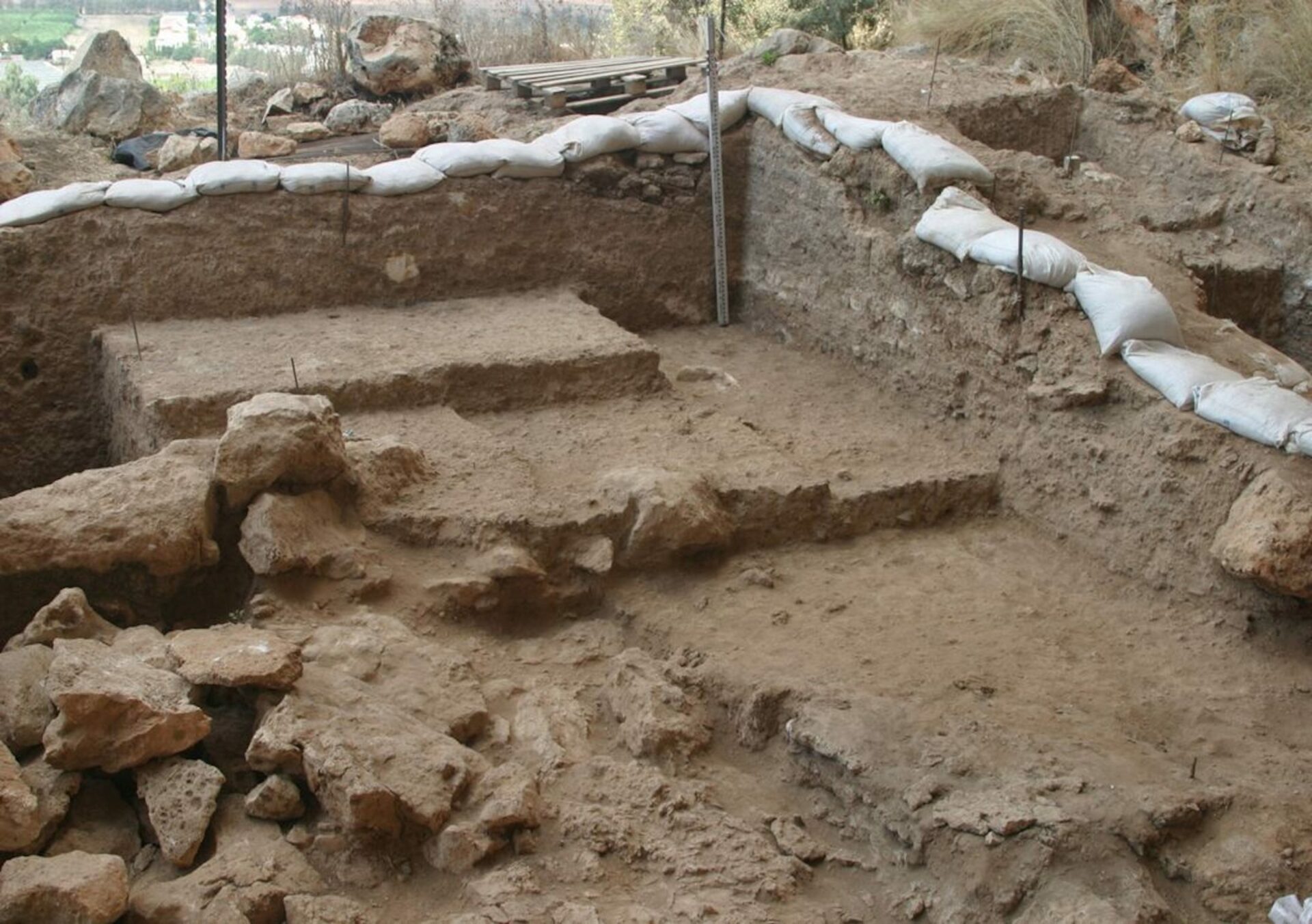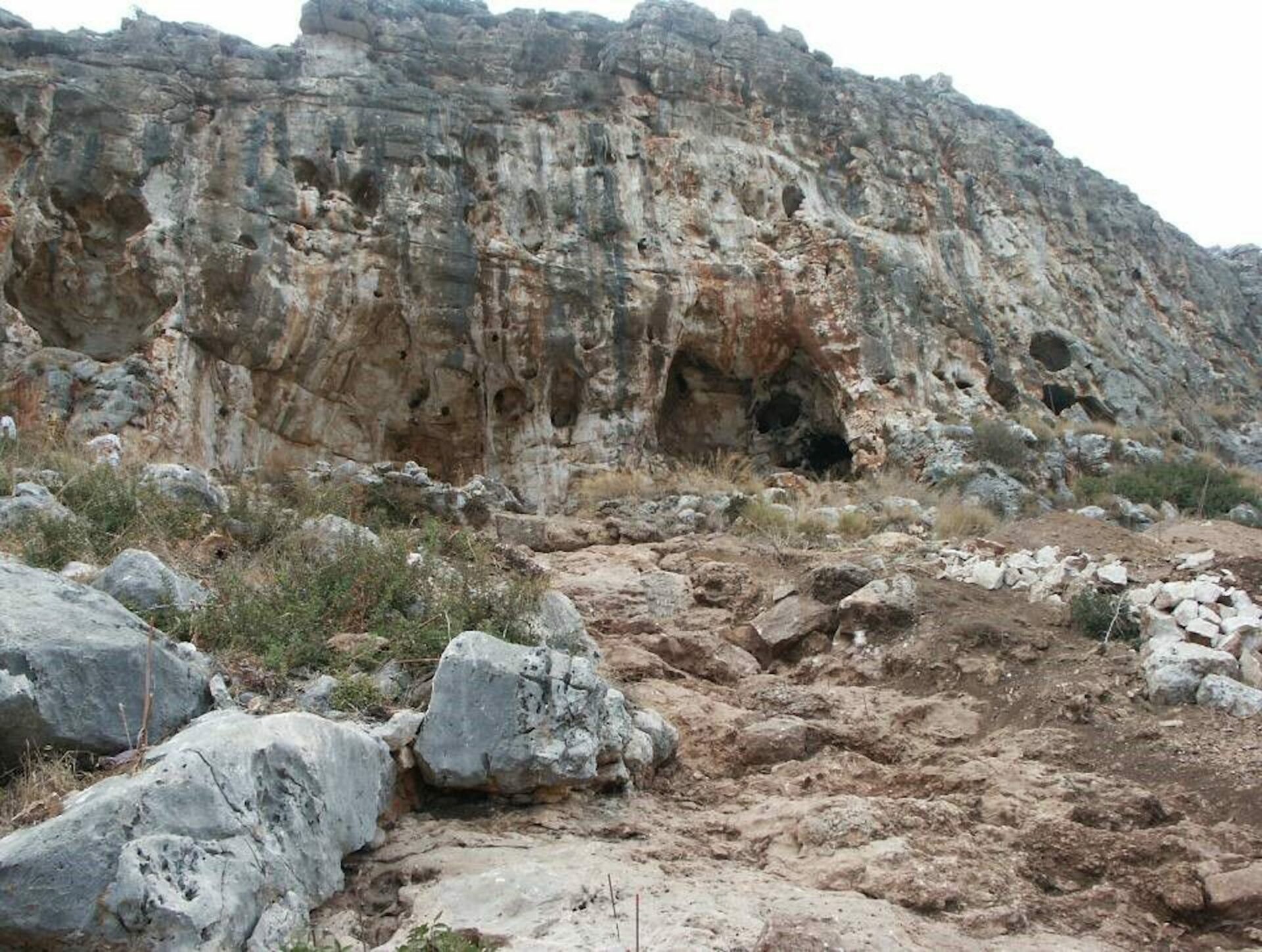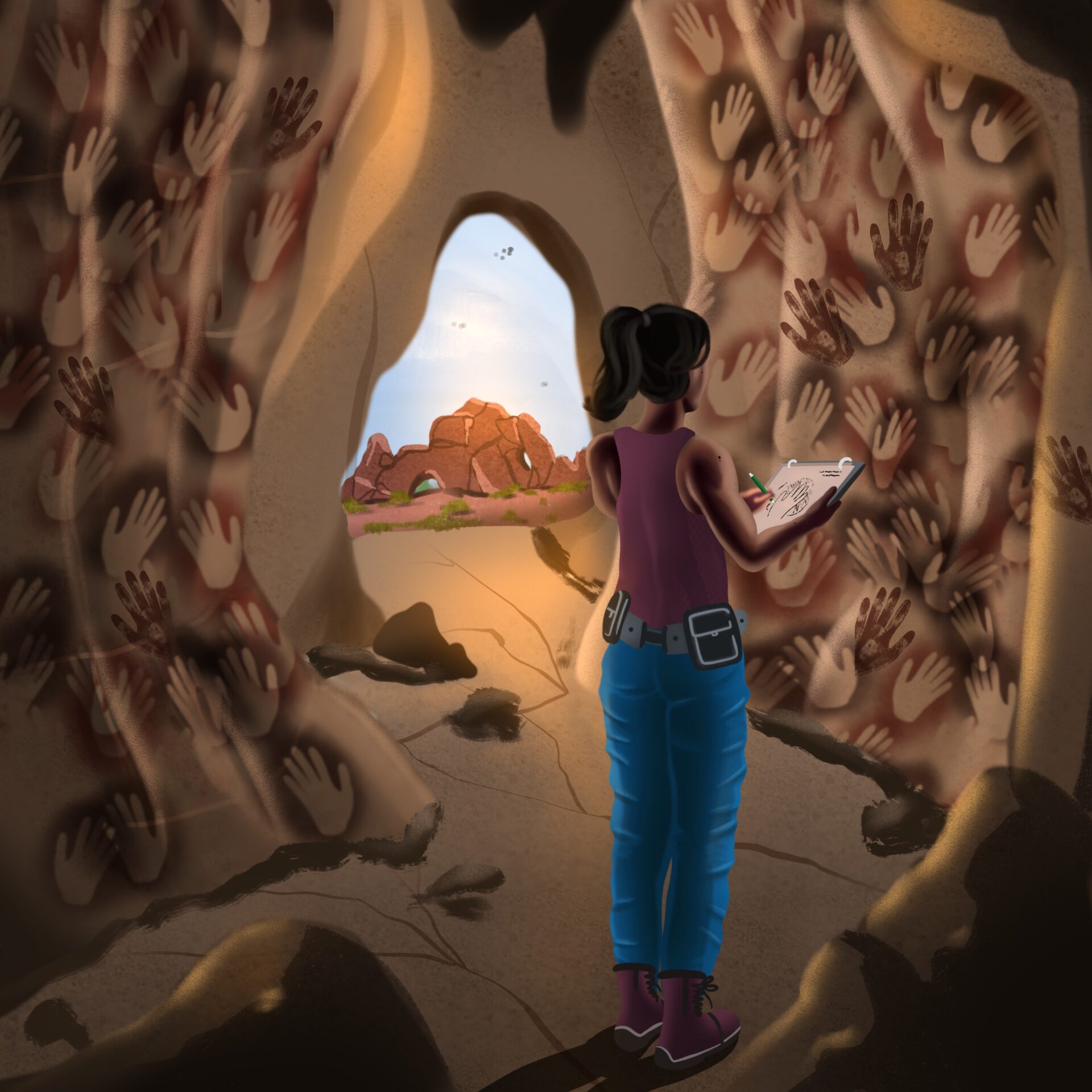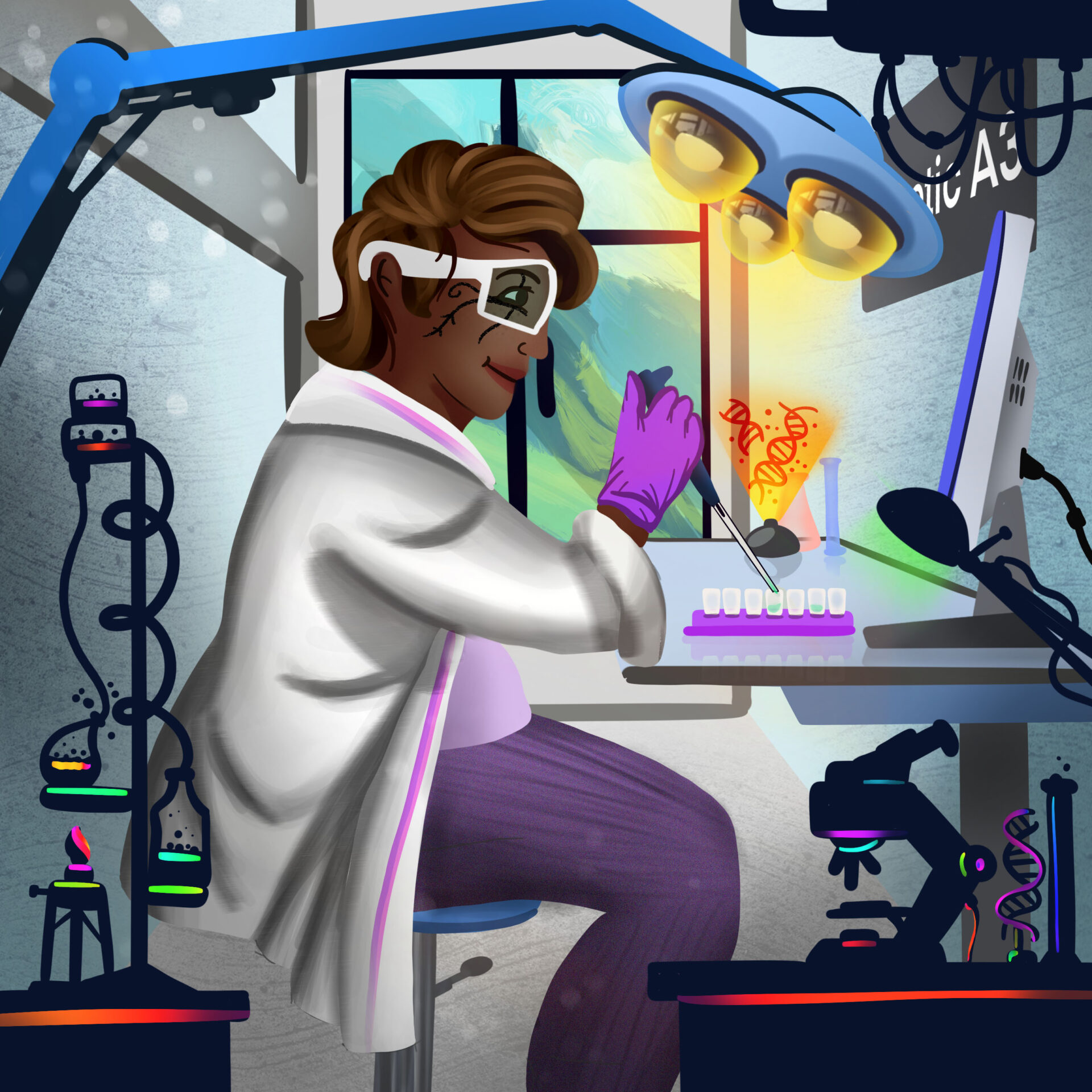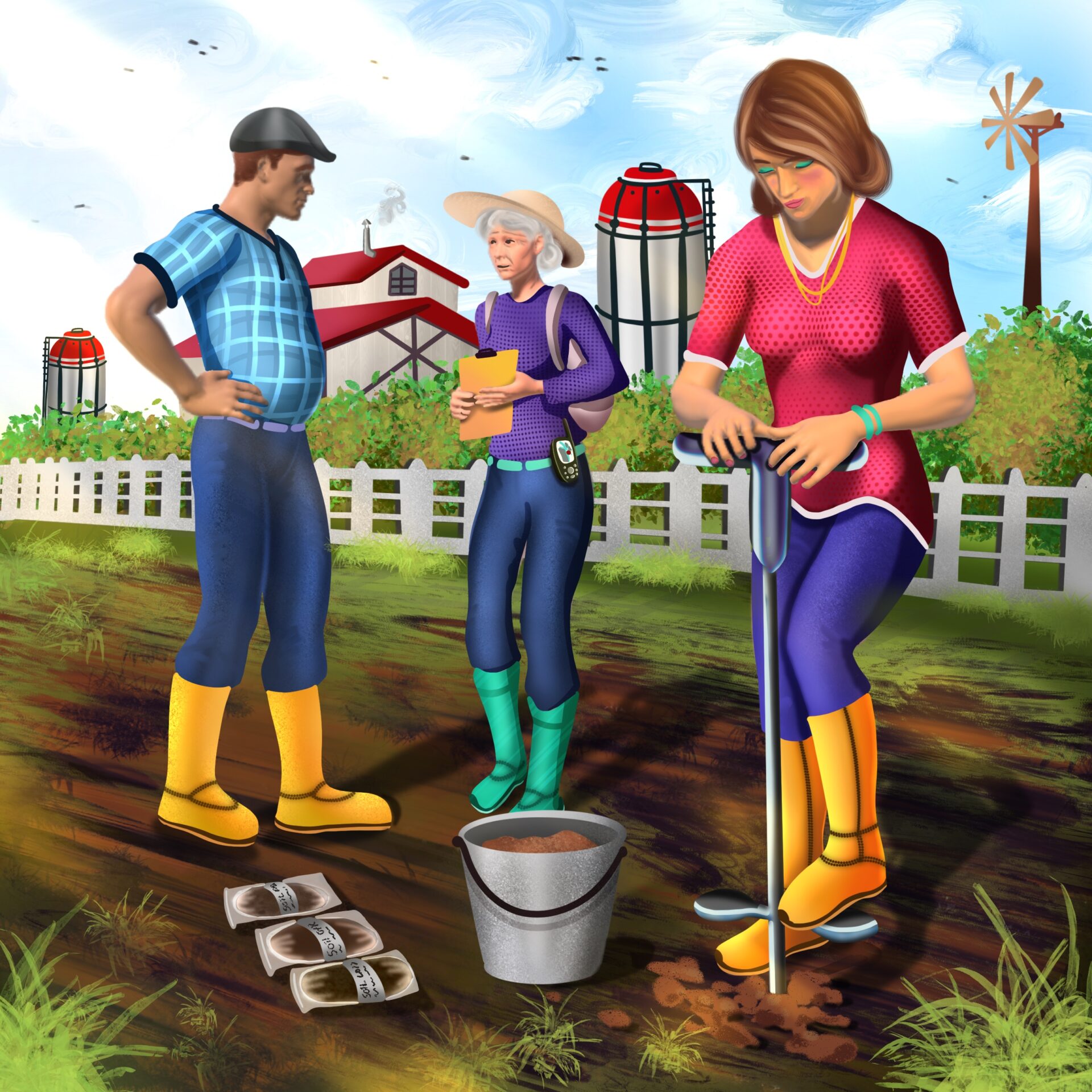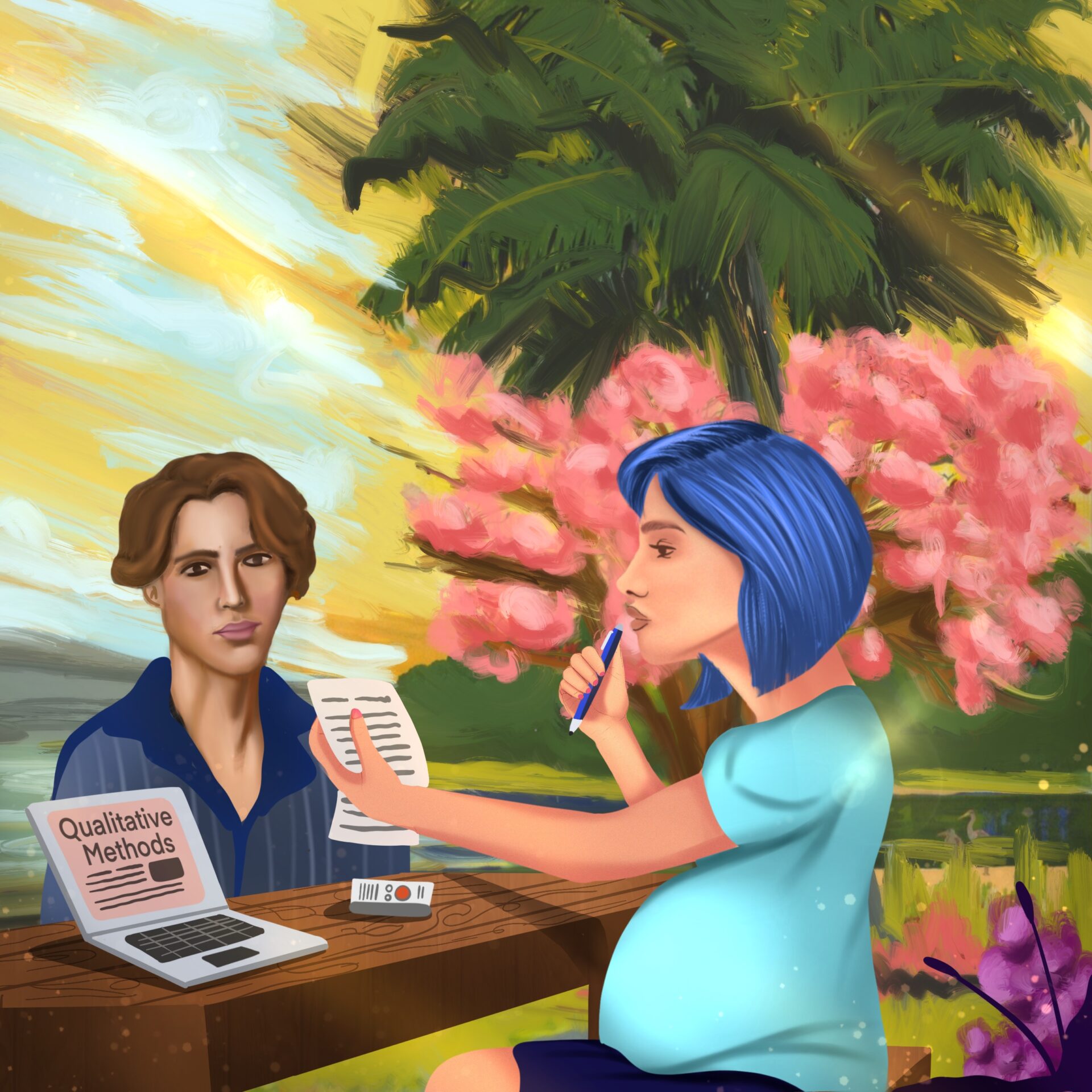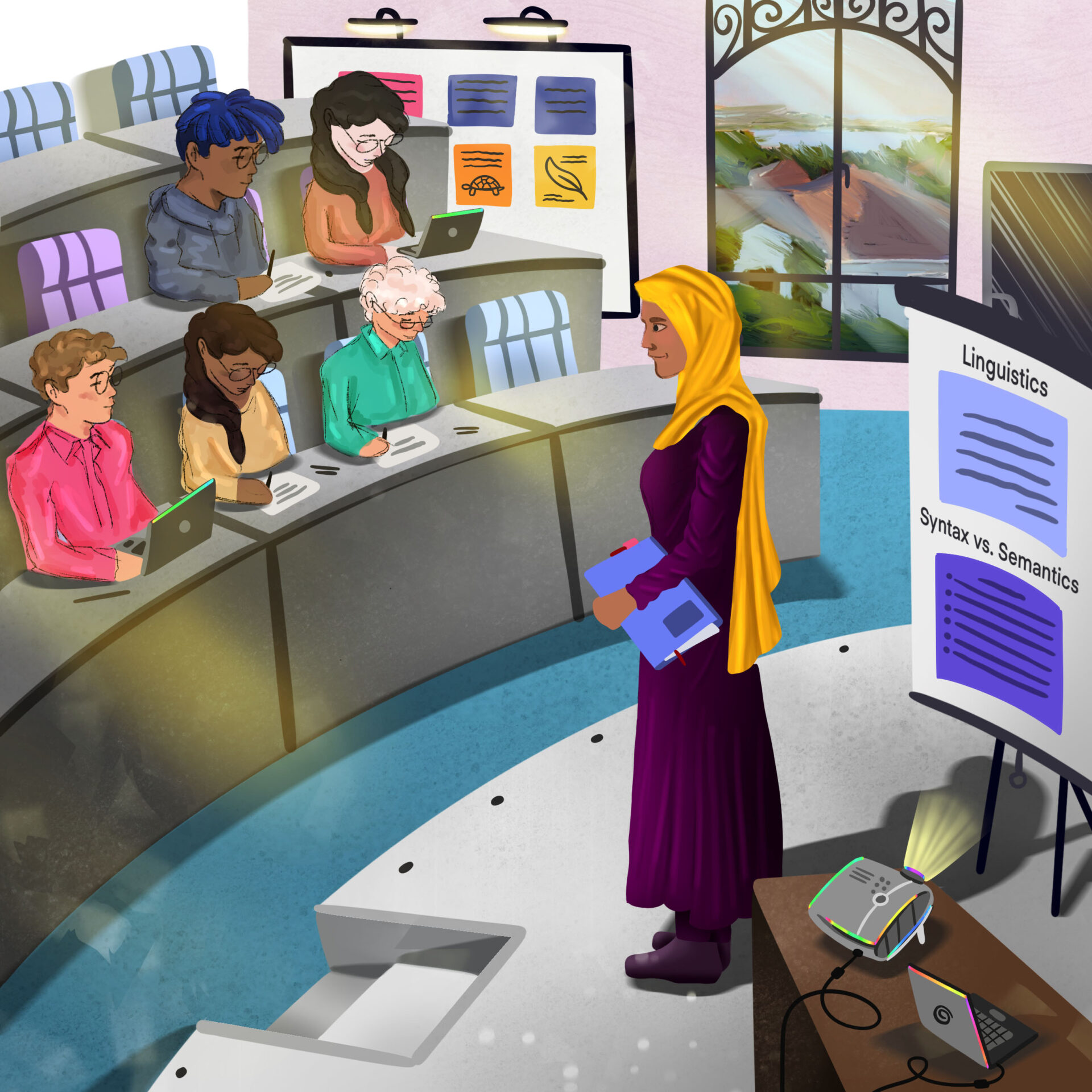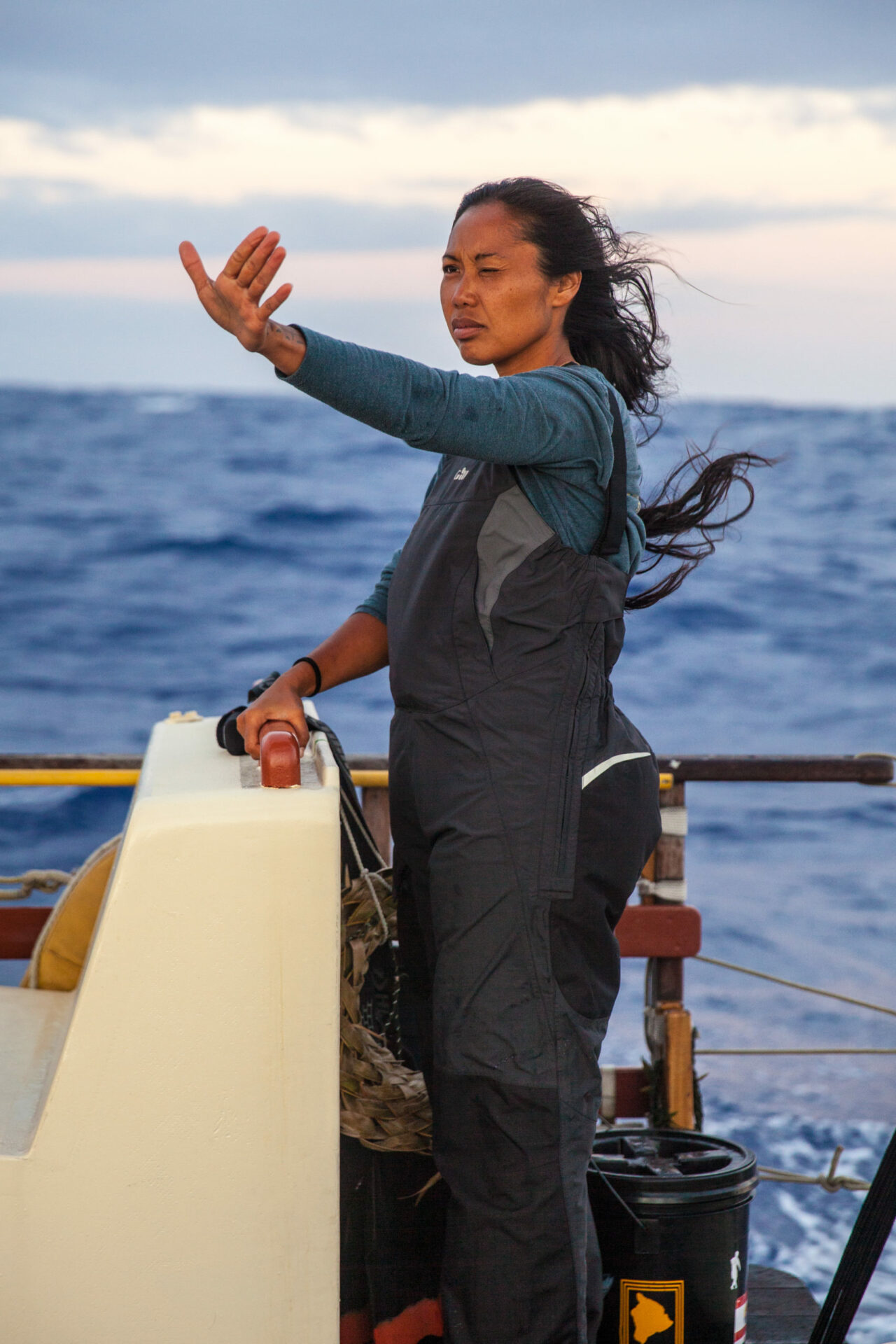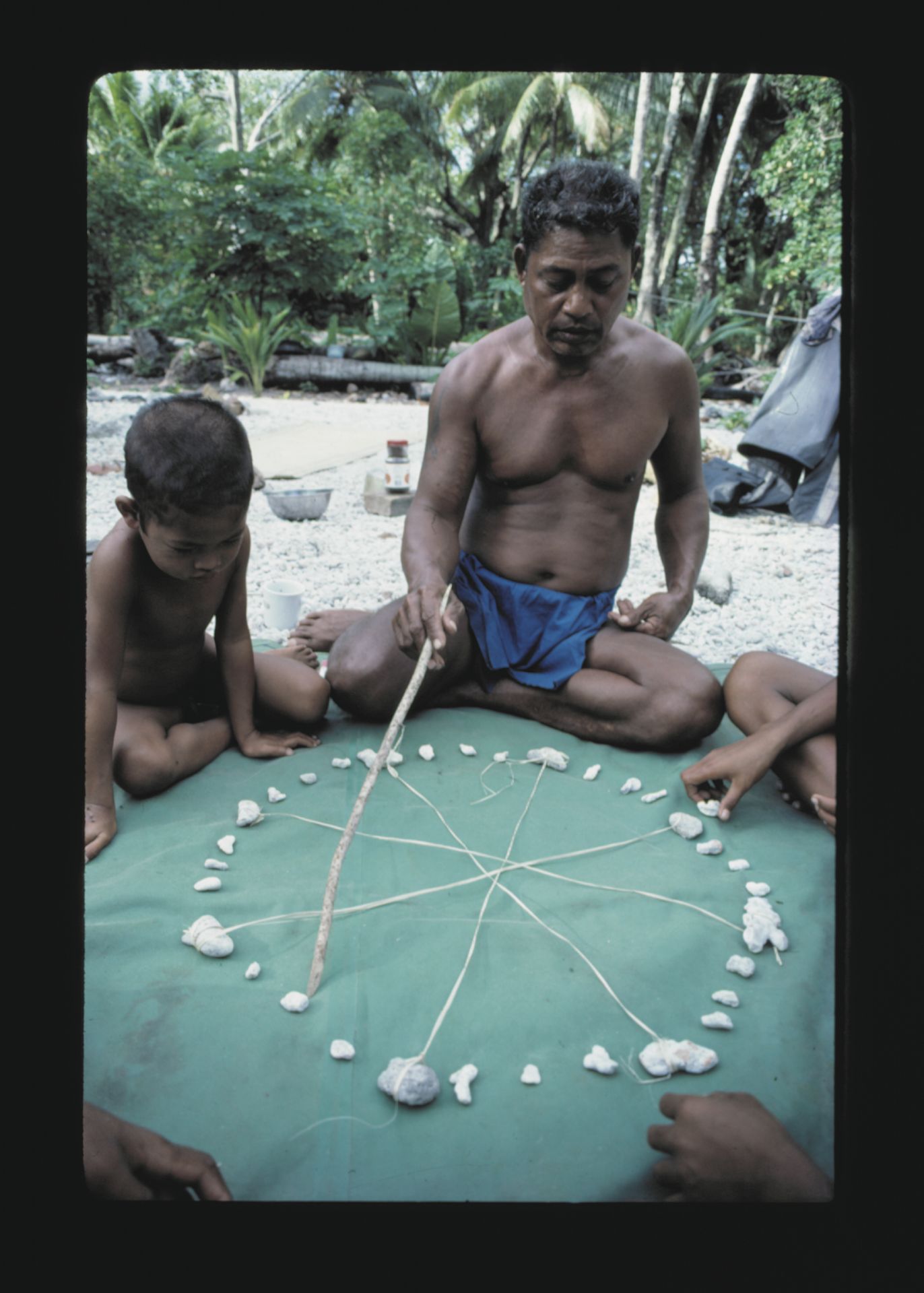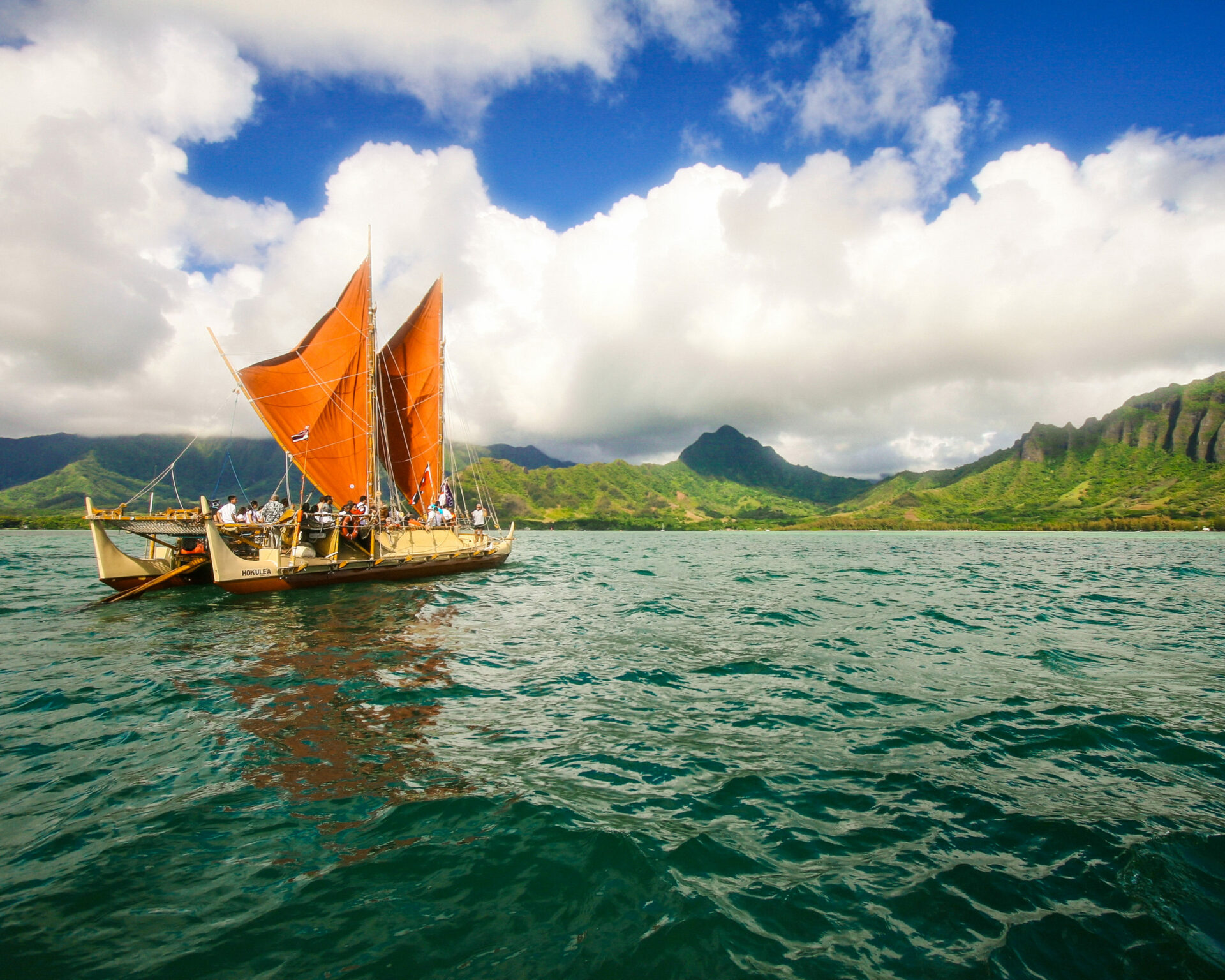Where do we come from?
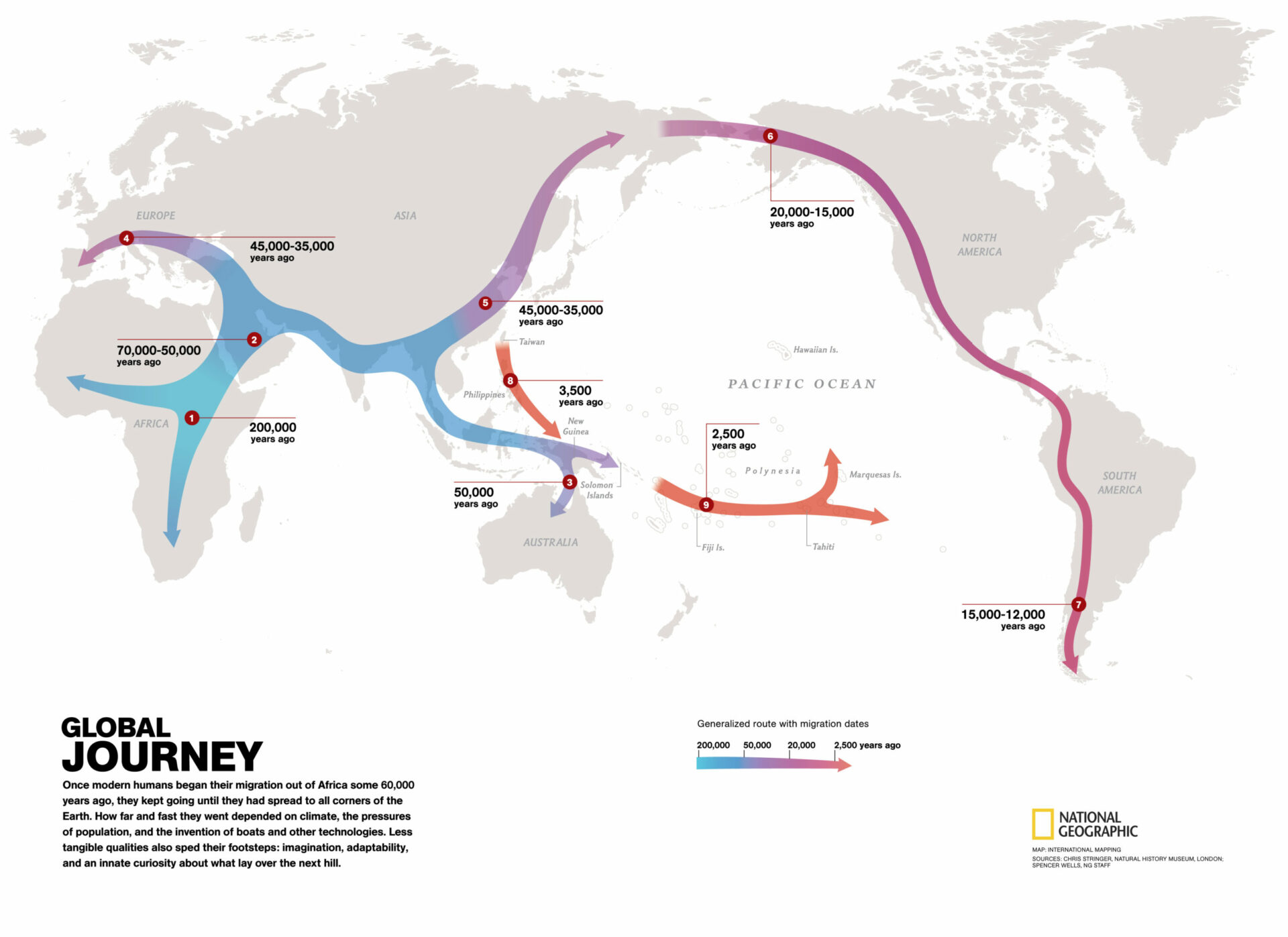
A GLOBAL JOURNEY – This map shows how early humans first moved around the world. Courtesy of National Geographic Society; Credit: International Mapping; Sources: Chris Stringer, Natural History Museum, London; Spencer Wells, National Geographic Staff
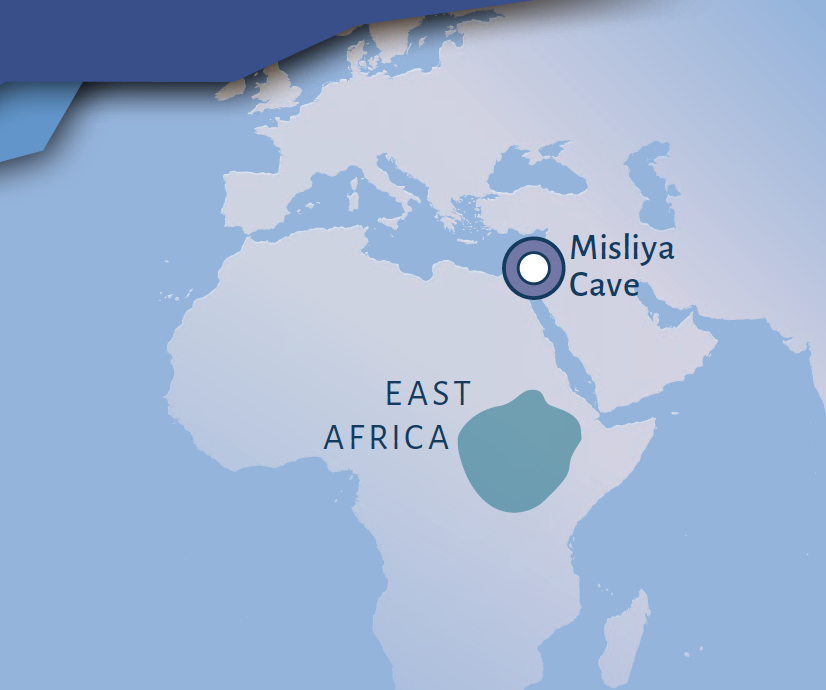
Archaeologists have found human remains and tools at Misliya cave in Israel that date to at least 200,000 years ago.
Misliya cave and excavation site; Photos by Mina Weinstein-Evron/University of Haifa
Humans Have Always Been on the Move
People have been moving for as long as we have traces of humans on the planet.
Scientists believe that all humans come from a common ancestral background in East Africa around 250,000 years ago. Waves of movement from this region began shortly after the emergence of our species.
Many types of experts study human migration, including anthropologists, archaeologists, geneticists, historians, sociologists, linguists, and folklorists. Their work helps us understand when, how, and why people have moved throughout history. But there are still many unanswered questions, and new evidence continues to change what we thought we knew.
One Small Step for Humans, One Giant Leap for Humankind
Evolutionary anthropologists believe that humans took the first steps out of East Africa as early as 250,000 years ago. Archaeologists have found human remains and tools at Misliya cave in Israel that date to at least 200,000 years ago.
Will a DNA test tell me where I’m from?
DNA tests compare your DNA to the DNA of other people with known ancestries. They can tell you who you’re related to. But they can’t necessarily tell you what countries your ancestors came from or teach you about your family history and cultural traditions.
Archaeologists excavating a Mesoamerican site, by Anthro Illustrated / CC BY-NC 4.0
An archaeologist recording cave paintings, Sketching Archaeologist by Anthro Illustrated / CC BY-NC 4.0.
Flipbook EXPLORE THE EVIDENCE
Explore the many types of evidence experts study to understand human migration.
All illustrations in this flipbook were provided by the Anthro Illustrated project. We thank the Anthro Illustrated team for these resources. Learn more at anthroillustrated.com
Archaeological Evidence
Archaeologists excavate or survey what’s left in the ground from societies that existed in the past. This helps us understand changes in how people lived and moved about the landscape.
Archaeologists use many techniques, including remote sensing, field surveys, and excavations. These methods help us answer questions about when and how people lived in a particular place.
By comparing one place and the dates of its occupation to another, similarities emerge that complete a picture of movement across places over time.
A biological anthropologist working in the lab; Human Biologist by Anthro Illustrated / CC BY-NC 4.0
An anthropological geneticist studying DNA; Anthropological Geneticist by Anthro Illustrated / CC BY-NC 4.0
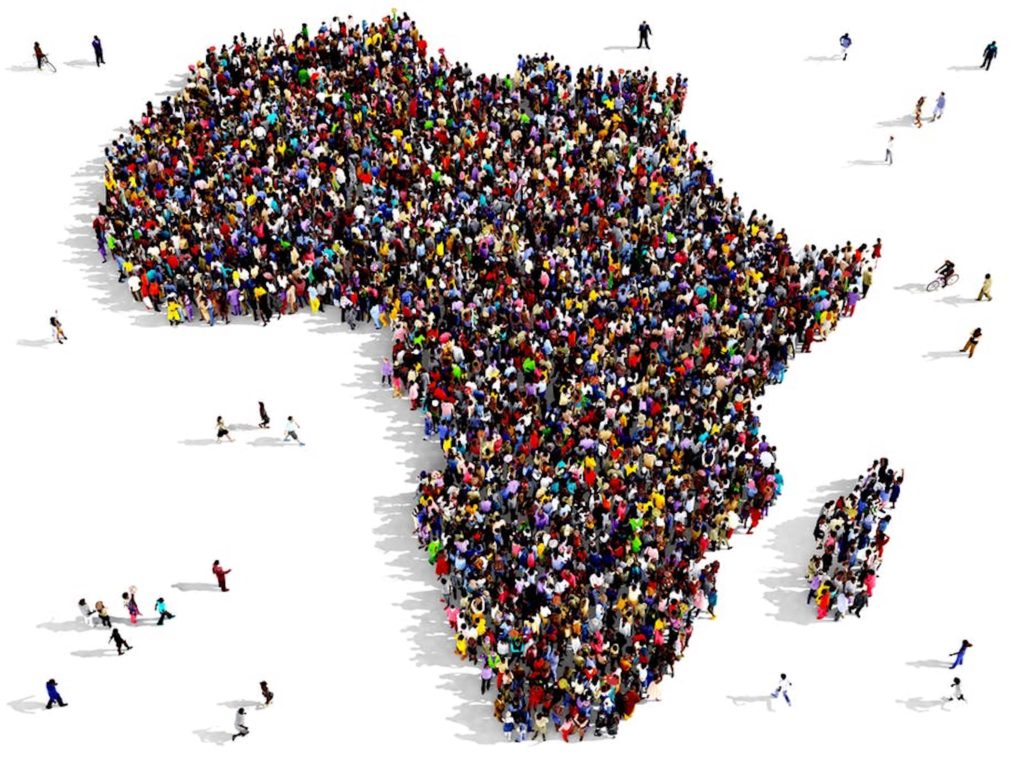
Illustration by Arthimedes
Biological Evidence
Scientists study biological evidence to understand human evolution and human biological variation. Studying ancient skeletal remains can help us trace the movement of our ancestors from Africa to other parts of the world.
Studying DNA evidence from living populations today can help us understand when groups of humans probably came into contact with one another.
Africa is the cradle of humankind. Scientists studying DNA have discovered that Africa’s population has more genetic variation than people from other parts of the world. This is because people have lived there for longer than anywhere else on earth.
Social scientists collecting environmental samples; Environmental Social Scientists by Anthro Illustrated / CC BY-NC 4.0
A cultural anthropologist conducting an interview; Cultural Anthropologist Interview by Anthro Illustrated / CC BY-NC 4.0
Cultural Evidence
“Culture” refers to the shared characteristics of a particular group of people that distinguish them from other groups. This includes the language you speak, the food you eat, the music you listen to, what you believe in, and even who you consider to be your relatives.
Cultures change over time, usually because of groups coming into contact with one another through trade, intermarriage, war, or environmental changes. By understanding the origins of specific cultural characteristics, we can help complete the picture of how people and groups have come into contact with one another over time.
An anthropology instructor teaching a class; Anthropology Instructor by Anthro Illustrated / CC BY-NC 4.0
An anthropologist giving a presentation; Conference Talk by Anthro Illustrated / CC BY-NC 4.0
Linguistic Evidence
Studying languages and how they have changed can help us understand where we come from and how we are connected to other groups of people.
Languages change over time, often because people who speak different languages come into contact with one another.
By comparing how people in different places use language, we can see similarities in words and grammar. These similarities help us understand when people from different groups probably came into contact with each other.
Here’s an example:
Think of the spaghetti (Italian word) with tomato (Aztecan word) sauce that you eat in your pajamas (Hindi word).
Navigating the Pacific
People from Southeast Asia sailed east toward the Americas at least 3,500 years ago. Current research suggests the first people arrived on Rapa Nui (Easter Island) around 800 to 1200 CE and Aotearoa (New Zealand) around 1200 CE.
LEFT: Hawaiian navigator Kalā Tanaka takes a measurement using her hand, 2017. She is among the younger generation in a long line of expert navigators. Photo by Kaipo Kī‘aha/Courtesy of the Polynesian Voyaging Society and ʻŌIWI TV
CENTER: Micronesian master navigator Mau Piailug teaches his son Stan how to navigate using the stars as a compass, 1983. Piailug helped revive traditional ocean voyaging among young people in the Pacific. Photo by Steve Thomas, 1983
RIGHT: In 1976, Mau Piailug guided the traditional Hawaiian double-hull canoe Hōkūle‘a (Star of Gladness) on a 2,300-mile voyage without navigation instruments. Built by Herb Kane, the canoe launched the Polynesian Voyaging Society, who use the knowledge of their ancestors to promote cultural and environmental sustainability. Photo by Na‘alehu Anthony/Courtesy of the Polynesian Voyaging Society and ʻŌIWI TV
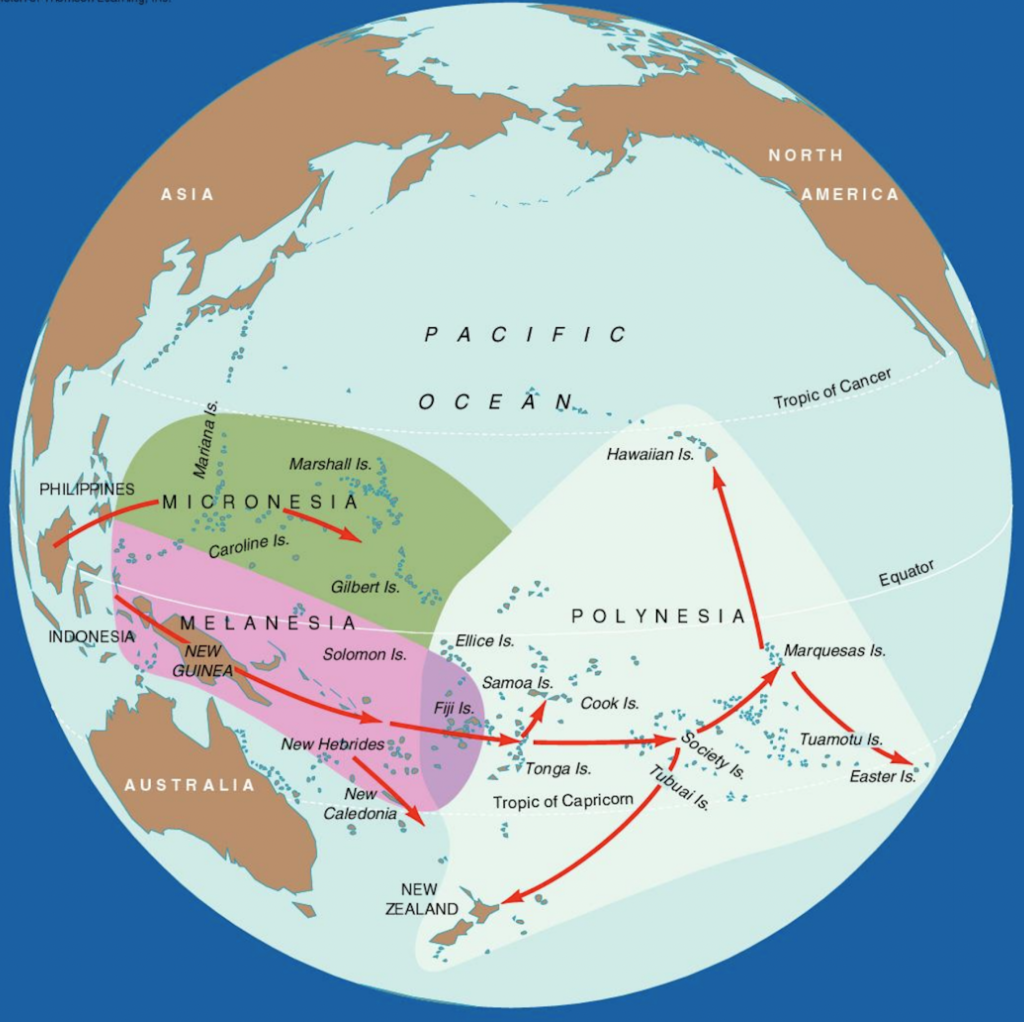
Polynesia is a region in the Pacific Ocean made up of more than a thousand islands. It stretches from Hawaiʻi in the north to Rapa Nui (Easter Island) in the east to Aotearoa (New Zealand) in the west. Cengage Publishers
Talkback question – Share Your Story
Are there any traditions in your family that have been passed down from generation to generation? Think about languages, beliefs, stories, jokes, recipes, names, songs, and other traditions.
Share your migration stories using #WorldOnTheMove
